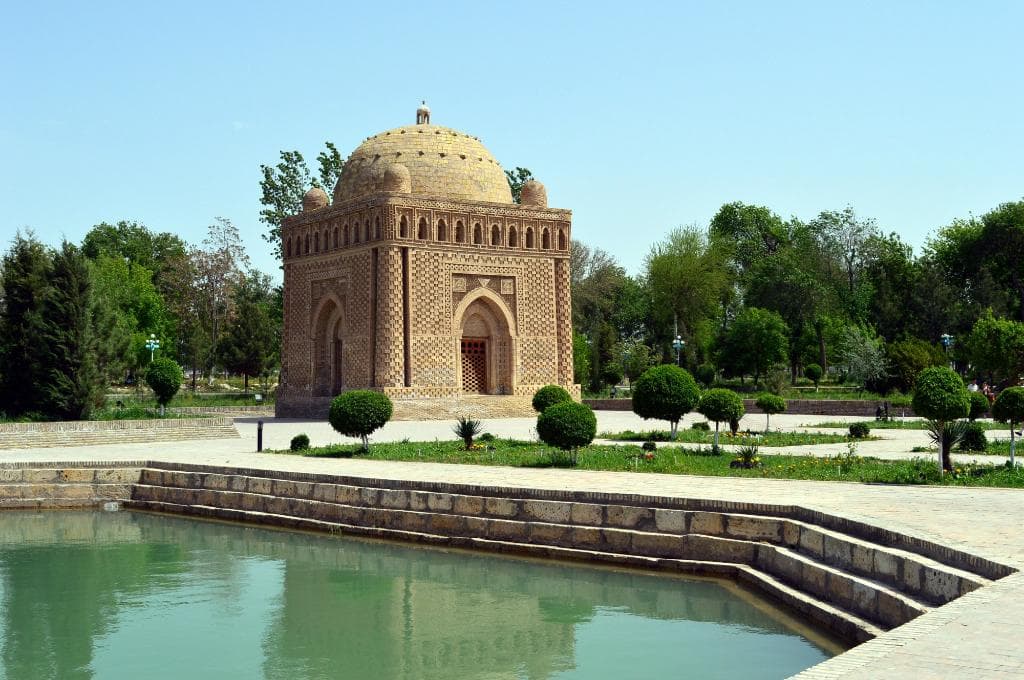
Ismail Samani Mausoleum
A 10th-century architectural marvel in Bukhara, Uzbekistan, renowned for its intricate brickwork and historical significance as a Samanid dynasty maus...
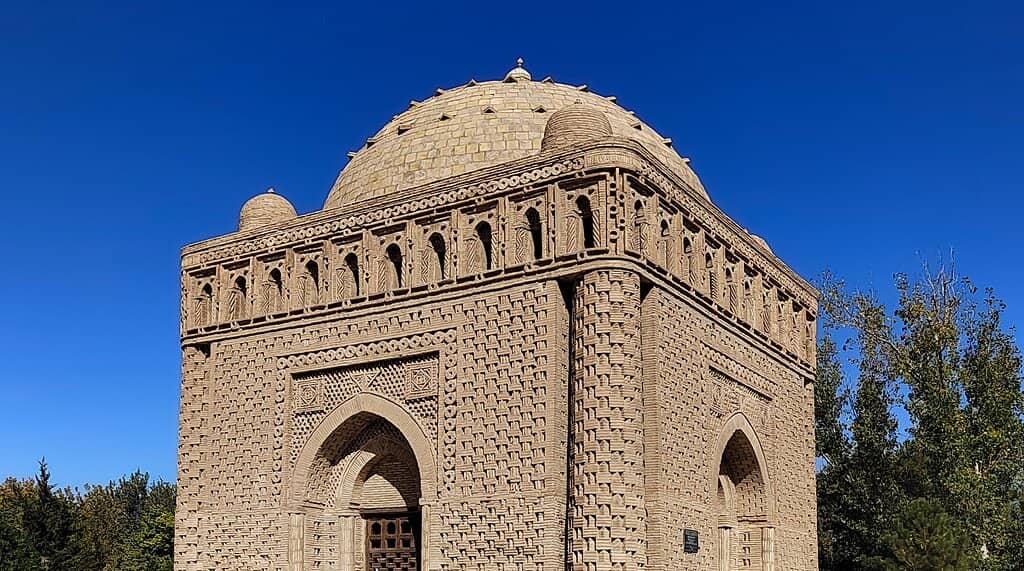
Highlights
Must-see attractions
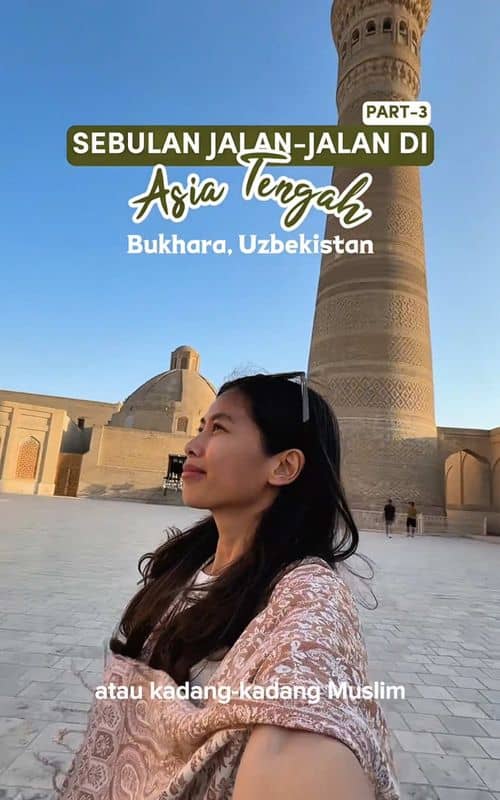
Social
From TikTok & Reddit
Best Time
Golden hour light is magical

Ismail Samani Mausoleum
Best Time
Golden hour light is magical

Highlights
Must-see attractions
A 10th-century architectural marvel in Bukhara, Uzbekistan, renowned for its intricate brickwork and historical significance as a Samanid dynasty mausoleum.
"A masterpiece of decorative art and a testament to early Islamic architectural genius."
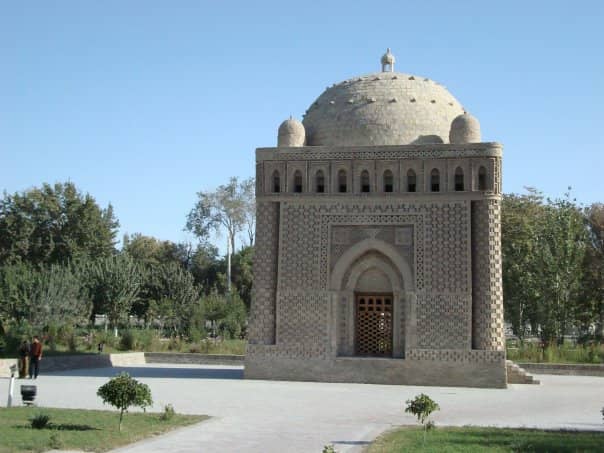
Walk the Park
Explore Samani Park; the mausoleum is tucked away, so enjoy the greenery. :evergreen_tree:
Capture the Light
Visit during golden hours for stunning play of light and shadow on the bricks. :camerawithflash:
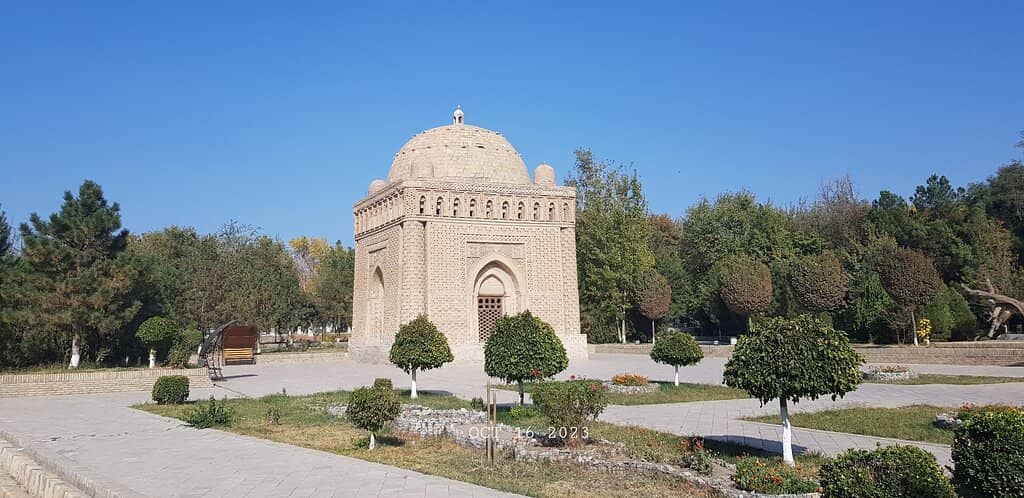
Highlights
Discover the most iconic attractions and experiences
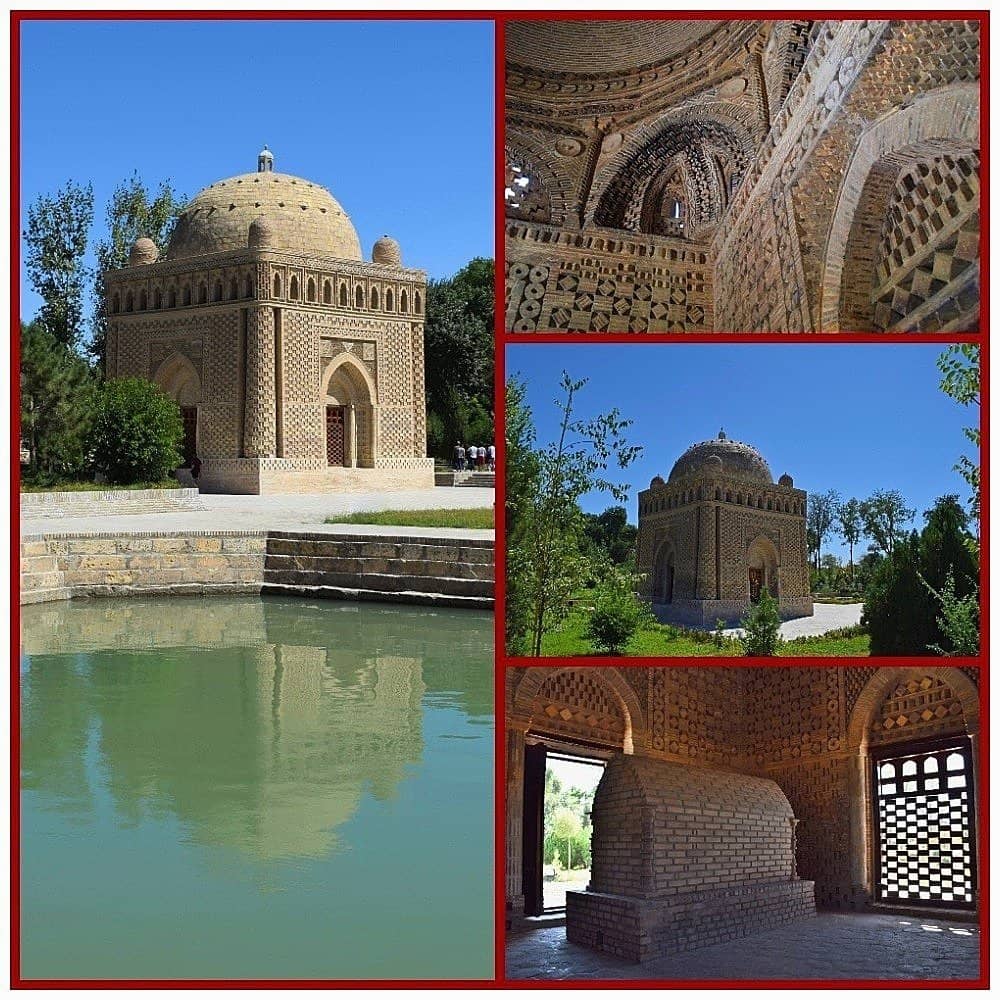
Intricate Brickwork
Marvel at the 10th-century geometric patterns and checkerboard designs woven from cream-colored bricks.
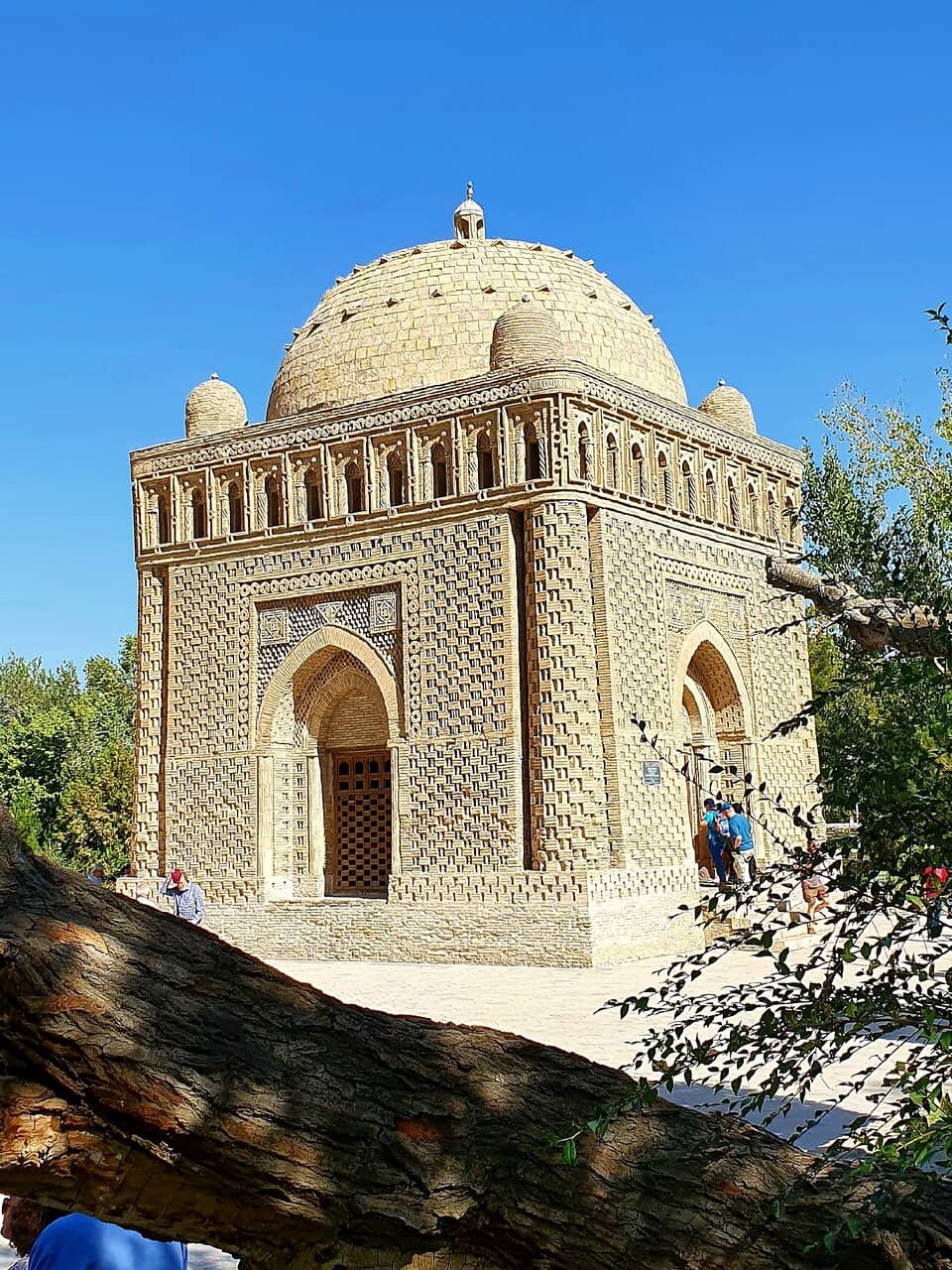
Unique Architectural Design
A cube topped with a semi-spherical dome, this early Islamic masterpiece showcases genius in its plain yet balanced composition.
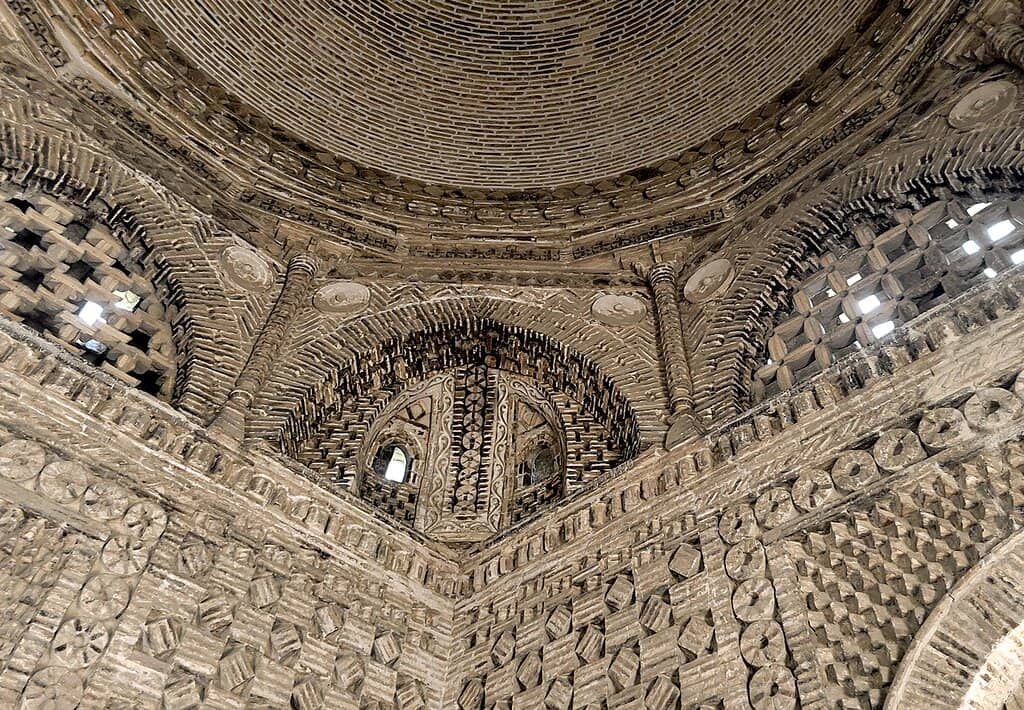
Samani Park Setting
Nestled within a serene park, the mausoleum's peaceful surroundings add to its contemplative atmosphere.
Plans like a pro.
Thinks like you
Planning Your Visit
Timing is Key for the Best Views
Understand the Significance
Best Times
Insider Tips
from TikTok, Instagram & Reddit
Walk the Park
Explore Samani Park; the mausoleum is tucked away, so enjoy the greenery. :evergreen_tree:
Capture the Light
Visit during golden hours for stunning play of light and shadow on the bricks. :camerawithflash:
Small Entry Fee
There's a modest entrance fee, but it's well worth it for this historical gem. :ticket:
Wish Granting Legend
Legend says walking counter-clockwise three times grants a wish! :sparkles:
Tips
from all over the internet
Walk the Park
Explore Samani Park; the mausoleum is tucked away, so enjoy the greenery. :evergreen_tree:
Capture the Light
Visit during golden hours for stunning play of light and shadow on the bricks. :camerawithflash:
Small Entry Fee
There's a modest entrance fee, but it's well worth it for this historical gem. :ticket:
Wish Granting Legend
Legend says walking counter-clockwise three times grants a wish! :sparkles:
What Travellers Say
Reviews Summary
Visitors consistently praise the Ismail Samani Mausoleum as a stunning architectural gem and a vital piece of early Islamic history. Its intricate brickwork and unique design are highlighted as major draws, enhanced by its serene park setting. While the interior is simple, the exterior beauty and historical significance make it a highly recommended stop in Bukhara.
"Samanids Mausoleum, a masterpiece of decorative art.
Of all the medieval buildings in Bukhara, the Samanids Mausoleum is of special interest. It was built at the close of the ninth century and was the first Muslim mausoleum built in Central Asia. It was erected as a family crypt immediately after the death of Ismail Samani's father. Later, Ismail himself and his grandson, Hasr, were also buried in it.
The Samanids Mausoleum reveals the genius of a plain design. This is seen in its composition and the balanced design of its facades and interiors. It is composed of a semi-spherical dome resting on a cube. All the facades are identical and marked with three-quarter domed columns on the corners.
Although its walls are slightly battered due to age and the elements, the tomb’s brickwork is very intricate; circles, diamonds, squares, rectangles, and arches compete for the viewer’s attention. The building’s exterior has a checkerboard pattern and appears almost as if it was woven of the cream-colored bricks. The building’s rich textured appearance means that light and shadows engage in a delightful game that captures the viewer’s attention.
Although this building relates to pre-Islamic architecture, it is full of magnificence and reveals the genius of a plain design."
Lefteris Stamatelatos
"Located in the park outside the old Bukhara near the main market. One of the oldest memorials in Buchara. The legend says that if you walk three times counter-clock wise around the mausoleum, your wish will be granted. Worth visiting."
Arthur Poliakov
"It’s really a piece of art from 10century.
It’s just walking distance from all other main attractions of Bukhara but you need to visit few minutes inside the garden and than it will come to your right side. During walk you ll not feel any signs of mausoleum Bec of many trees and greenery.
I ll definitely recommend visiting this place.
Entry ticket is 15000 Uzbek , inside is only one tomb known to be king from 10century who ruled over Iran, Afghanistan and all the Turk empires.
Inside is nothing much to see , but outside view is worth visiting."
Assad Hamid
What People Like
What People Dislike
Frequently Asked Questions
🚇 🗺️ Getting There
The Ismail Samani Mausoleum is located within Samani Park, a short distance from other main attractions in Bukhara. It's often walkable from the city center or a quick taxi ride.
While the park is large, the mausoleum is a prominent structure once you enter the garden area. Look for signs or ask locals if you're unsure.
Many visitors find walking is a great way to explore Bukhara's historical center. Taxis are also readily available and affordable for longer distances.
🎫 🎫 Tickets & Entry
Yes, there is a small entrance fee to access the mausoleum and its immediate grounds. The cost is generally considered very reasonable.
Opening hours can vary, but it's typically open during daylight hours. It's advisable to check with your hotel or a local guide for the most current times.
The mausoleum is a standalone monument within Samani Park. While other attractions like the Po-i-Kalyan complex are nearby, this has its own separate entry.
🎫 🏛️ Onsite Experience
Inside, you'll find the tomb of Ismail Samani and his family. While the interior is simple, the historical significance is immense. The exterior's brickwork is the main visual draw.
Most visitors spend about 30-60 minutes here, allowing time to admire the exterior, explore the park, and soak in the atmosphere.
Absolutely! The intricate brickwork and unique architecture make it a photographer's dream, especially during golden hour.
It's one of the oldest surviving examples of Islamic architecture in Central Asia, built between 892-943 CE, and served as a family crypt for the Samanid dynasty.
Yes, a local legend suggests that walking around the mausoleum three times counter-clockwise can grant a wish.
📸 📸 Photography Tips
Early morning or late afternoon (golden hours) offer the most dramatic lighting, highlighting the texture and patterns of the brickwork.
Focus on the geometric patterns, the checkerboard effect, and the interplay of light and shadow on the facades. Wide shots showing its setting in the park are also beautiful.
Drone usage regulations can be strict in Uzbekistan. It's best to check local rules and obtain any necessary permits before flying.
For Different Travelers
Tailored advice for your travel style
👨👩👧 Families with Kids
Consider making it part of a larger day exploring Bukhara's more interactive sites. Pack snacks and water, as amenities within the park might be limited. The relatively short visit time also makes it manageable for families with young children.
🏛️ History Buffs & Architecture Enthusiasts
Delve into the history of the Samanid rulers and their impact on the region. Understanding its rediscovery by Soviet archaeologists adds another layer to its fascinating story. This site offers a deep dive into a pivotal era of Persianate culture and Islamic art.
Deep Dives
In-depth insights and expert knowledge
A Masterpiece of Early Islamic Architecture
The mausoleum's design is remarkably simple yet profound. It features a cube base topped with a semi-spherical dome, with all four facades being identical. The exterior is adorned with a complex checkerboard pattern and detailed brickwork, including circles, diamonds, squares, and arches. This intricate detailing creates a dynamic interplay of light and shadow, making the building appear almost woven and constantly changing throughout the day.
Originally built as a family crypt, it housed the remains of Ismail Samani, his father, and his grandson. The mausoleum was later buried by sand and rediscovered by Soviet archaeologists in the early 20th century, preserving this architectural gem for future generations. Its inclusion as a UNESCO World Heritage site underscores its global importance.
The Samanid Dynasty and Their Legacy
Ismail Samani himself was a prominent ruler known for his justice and patronage of the arts and sciences. The mausoleum built in his honor is not just a tomb but a symbol of the dynasty's power, sophistication, and enduring legacy. The architectural style reflects the cultural synthesis of the era, blending Persian influences with Islamic principles.
Visiting the Ismail Samani Mausoleum offers a tangible connection to this influential period in Central Asian history. It provides insight into the Samanids' contributions to art, architecture, and governance, making it a vital stop for anyone interested in the region's rich past.
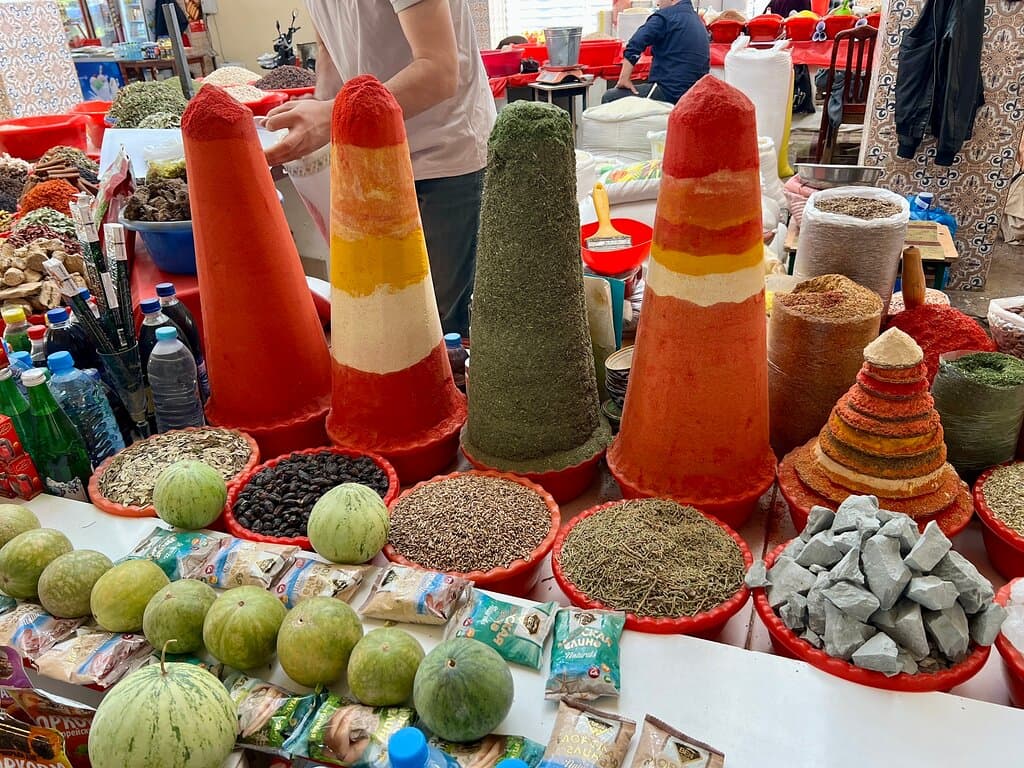
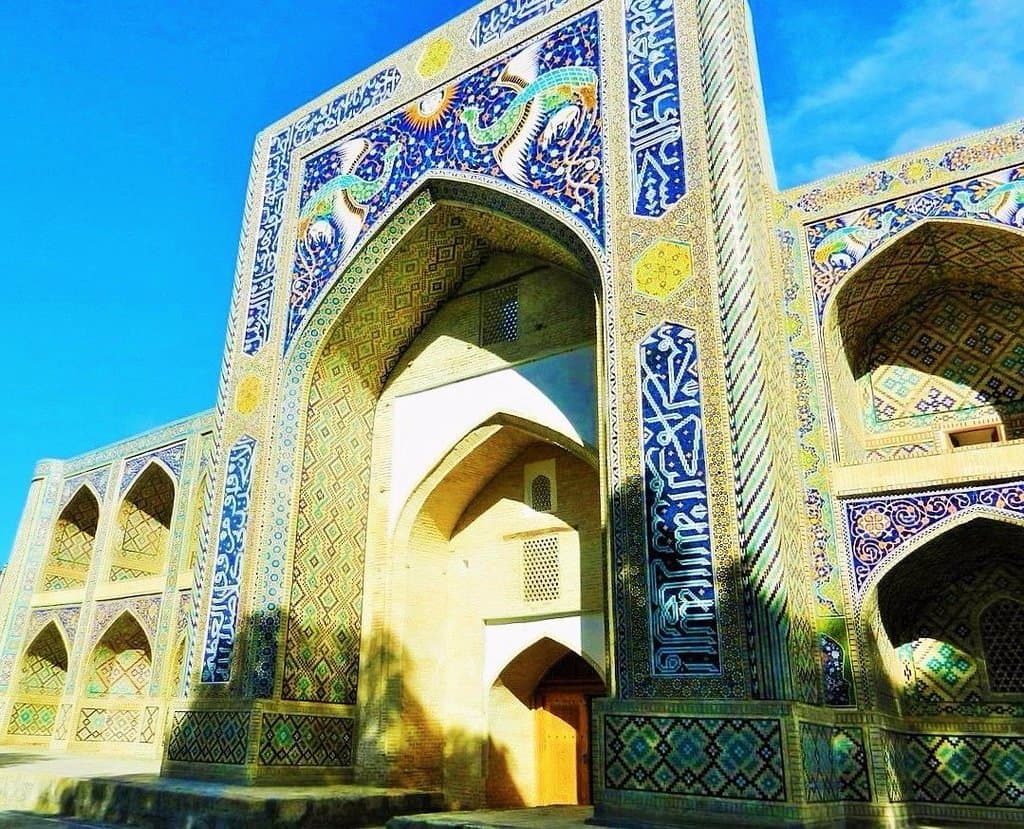
Social
from TikTok, Instagram & Reddit